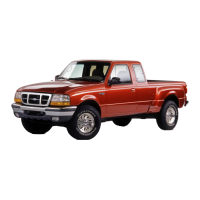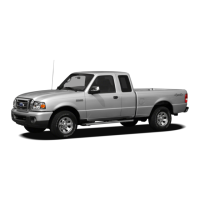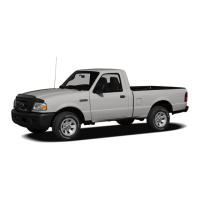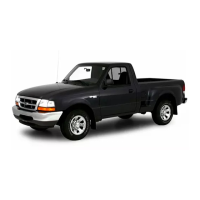TOWING A TRAILER
WARNING
Do not exceed the maximum gross
train weight stated on the vehicle
identification plate. See Vehicle
identification plate (page 112).
CAUTION
Do not exceed the maximum
permissible nose weight, i.e. vertical
weight on the tow ball, of 75
kilogrammes (165 pounds) for 2-wheel
drive vehicles, or 125 kilogrammes (276
pounds) for 4-wheel drive vehicles.
Place loads as low and central to the
axle(s) of the trailer as possible. If you are
towing with an unladen vehicle, the load
in the trailer should be placed toward the
nose, within the maximum nose load, as
this gives the best stability.
The stability of the vehicle to trailer
combination is very much dependant on
the quality of the trailer.
The maximum vehicle and trailer payloads
represent technically binding values for
gradients up to 12% and at an altitude of
1 000 metres (3 281 feet) above sea level.
In high altitude regions, thinner
atmosphere can reduce performance so
the following restrictions will apply:
In high altitude regions above 1 000
metres (3 281 feet), the stipulated
maximum permitted gross train weight
must be reduced by 10% for every
additional 1 000 metres (3 281 feet).
Steep gradients
WARNING
The overrun brake on a trailer is not
controlled by the anti-lock braking
system.
Change down a gear before you reach a
steep downhill gradient.
Technical specifications
Trailer capacities
Trailer nose weight
kg (lbs)
With trailer brake
kg (lbs)
Without trailer
brake kg (lbs)
Variant
75 (165.3)1600 (3527.4)750 (1653.5)
Single cab 2-wheel
drive
125 (275.6)3000 (6613.9)750 (1653.5)
Single cab 4-wheel
drive
75 (165.3)1600 (3527.4)750 (1653.5)
4-door stretch cab
2-wheel drive
125 (275.6)3000 (6613.9)750 (1653.5)
4-door stretch cab
4-wheel drive
125 (275.6)3000 (6613.9)750 (1653.5)
Double cab 4-wheel
drive
78
Towing

